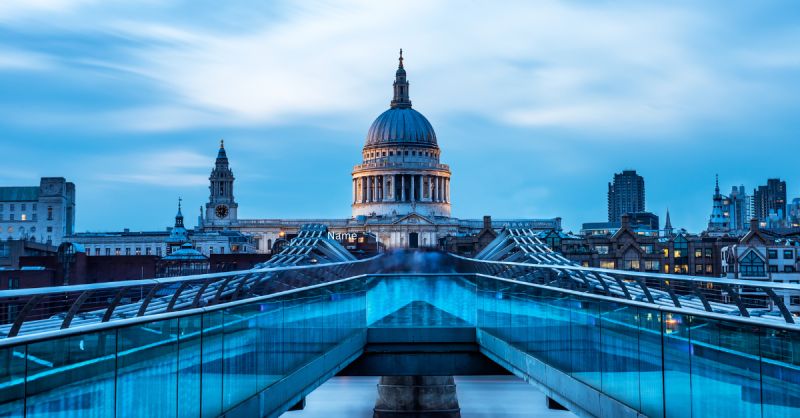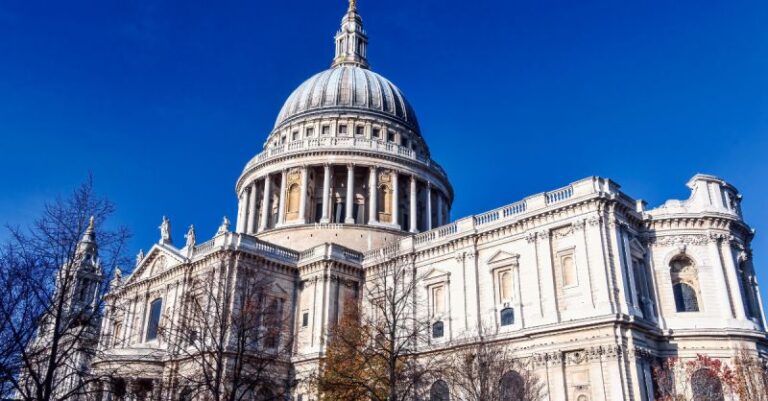“Architecture establishes a nation, draws people and commerce; makes the people love their native country…. architecture aims at Eternity” – Sir Christopher Wren
In today’s post, I am writing about St Paul’s cathedral, perhaps the most iconic building in the City of London if not the UK or even the world.
With its world famous dome, St. Paul’s Cathedral is an iconic part of London’s skyline. After being destroyed four times throughout history, the current cathedral – designed by Christopher Wren – has lived through three centuries, and its dome is the second largest in the world at 366 feet high.
The earliest iterations of St. Paul’s Cathedral never lasted very long. They’d always inevitably be destroyed by fire or Viking attacks. Finally, Bishop Maurice would build a cathedral in 1087 AD that would last almost 600 years. This structure is now affectionately referred to as the Old St. Paul’s Cathedral, and it would be the centre of religious life in London during its lifetime.
Sadly, this cathedral would also succumb to fire during the Great Fire of London in 1666. This fire destroyed four-fifths of London, including 13,200 houses and 89 churches. One of those churches would be St. Paul’s Cathedral.
Of course, the history of St. Paul’s Cathedral doesn’t end there. Christopher Wren, who was initially contracted to renovate the cathedral, was assigned the task of completely rebuilding it. He had to go through three different designs before getting approved.
The first of these designs were considered too modest. The second design, known as the Great Model, was an ambitious project with a massive dome and Corinthian columns. This was also rejected as it was considered inappropriate for large processions.
The third design would finally get approved after Wren reduced the size of the dome. Funny enough, Wren would go on to make further adjustments after he received approval. The current cathedral now has more in common with his Great Model than the approved design.
Overall, the current version of St. Paul’s Cathedral was built between 1675 and 1711. All things considered, this was a relatively short amount of time.
Since that time, the history of St. Paul’s Cathedral has been inextricably linked to the history of London itself. Its hosted many important historical events such as the funerals of Winston Churchill and Margaret Thatcher, peace services that marked the end of both world wars, the wedding of Prince Charles and Princess Diana, the 80th and 90th birthdays of Queen Elizabeth II, and much more.
St Paul’s in 60 seconds https://buff.ly/3Zl5xD4
History of St Paul’s https://buff.ly/3lNOSKz



